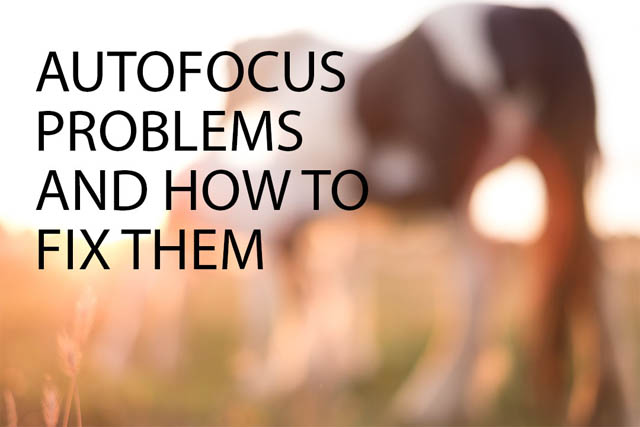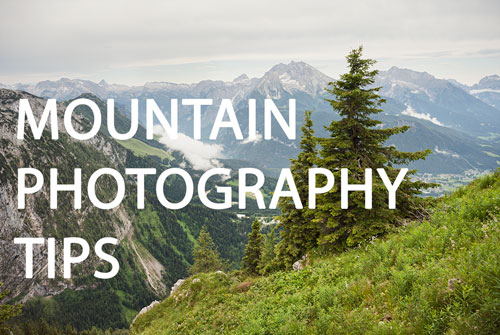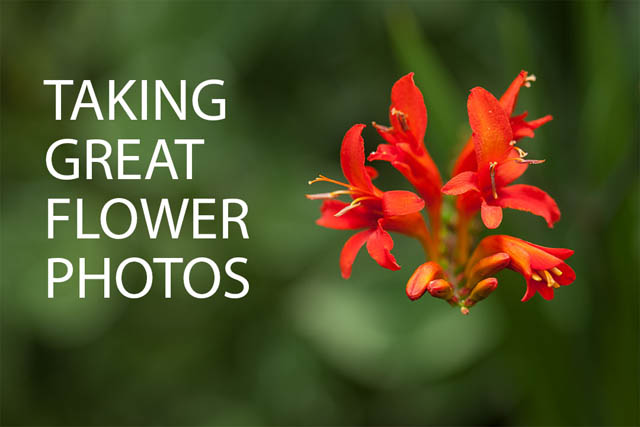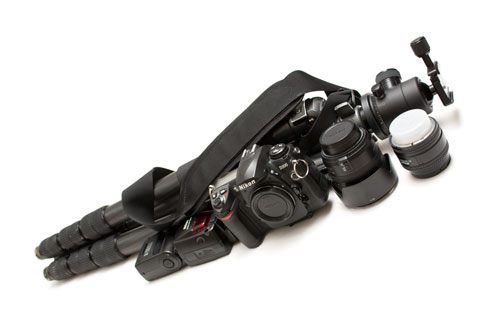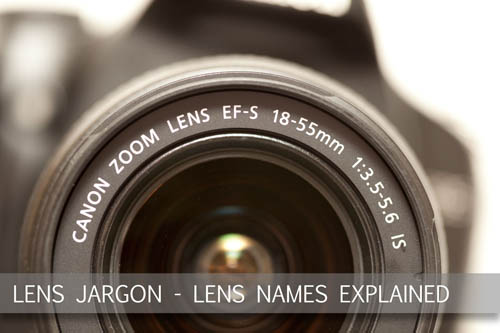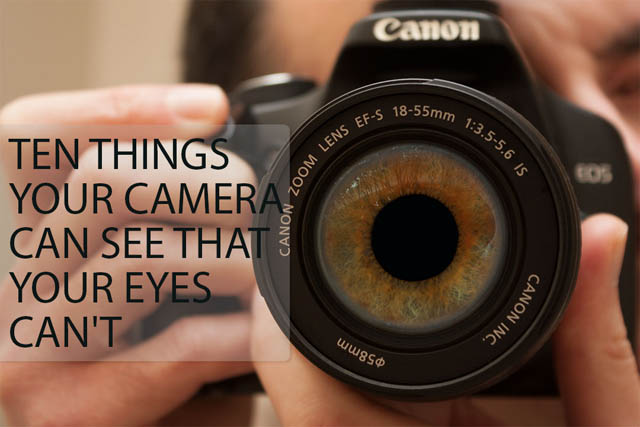Autofocus problems and how to fix them
Autofocus is a feature included on almost all cameras, and it has been that way for decades. We expect our cameras to be able to automatically focus on our subject quickly and accurately.
However, sometimes autofocus can fail. It might be that the camera just doesn't seem to want to focus at all. Or it might attempt to focus, but give up. Or it might tell you that it has focused, but the focus is actually somewhere else than where you wanted it.
In this article we'll look at ten reasons why autofocus may not work correctly, and what you can do to avoid / fix these problems.
Read the rest of this entry »